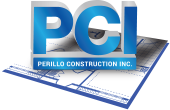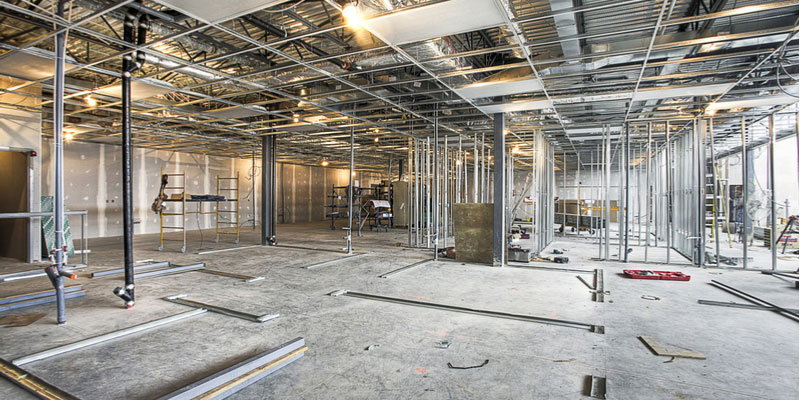The process for managing a successful build-out includes controlling, as much as possible, the elements of time, cost, and overall quality. Whether you are a developing a new retail location, enhancing a current one, or upgrading an office environment, a build-out can bring unexpected delays and unforeseen expenses. Understanding the build-out process and your priorities can help you manage issues that arise, even the unanticipated ones.
During commercial build-outs and leasehold improvements, and on top of proper budgeting come the risks surrounding design, cost, and management issues. When you plan a project correctly from the beginning, it should progress smoothly even when issues arise, and not fail.
From the beginning, the establishment of a realistic budget coupled with a design that works within the budget as well as a practical timeline are crucial to success of the build-out, regardless of its size. Costs rise exponentially when a build-out project is forced to rush, adding design and construction elements to be completed in record time without regard to the timeline or budget.
Planning and Sound Management is Key
As mentioned, the planning and management of a proposed build-out project’s time, cost, and overall quality must be orchestrated and balanced from the beginning. The delineation of the build-out’s priorities is essential as is management’s communication regarding the project’s details.
A build-out project’s ultimate success or failure depends on the collaborative effort between the property’s owner or your client’s expectation of the final result, along with the design plan from your engineers and designers, coupled with the end result of your contractor’s efforts. The project manager’s lead from the initial collaboration forward is critical to a successful outcome. The manager must enhance communication and lead the project, giving instruction, direction, and guidance to those who ultimately keep the project moving forward to completion.
A build-out project will only be successful when the project manager assumes responsibility of capable engineers, designers, and contractors; offering up his or her invaluable expertise and allowing the proper timeline for completion of the project. The initial planning and design, as well as adherence to the timeline and budget is key to the success of the overall project. Changes and redesigns along the way impact the contractor and can cause a delay in the schedule.
Budget and Cost Concerns
Depending on the region of the country, costs can range from $70 per square foot and upward with some high-end establishments costing nearly $500 per square foot. Open office concepts, like banks and standard office build-outs tend to be less costly, with suburban establishments lower still. Law firms, accounting firms, physician offices, and luxury stores run in the $100 to $250 per square feet range, while five-star restaurants tend to be most costly, nearing the $500 mark.
In most cases, HVAV, electrical, plumbing, and the like account for nearly 25 percent of a build-out project’s cost with cabinetry, doors, and flooring accounting for nearly 40 percent. Personnel expenses average 10 percent of the total cost. The project manager and build-out team understand the general costs and have ability to control them, but this is the place most clients fail to comprehend all the costs of a project.
From the start, the project team works on the best way to build-out based on engineering, value, quality, and construction. When considering cost per square foot, many clients fail to realize there are other costs to consider, costs that can double the per square foot estimates. A realistic budget must apply cost per square foot as well as construction variables like access and restrictions set upon contractors.
Perillo Construction, Inc. continually completes successful build-outs for their clients from stores to offices, all delivered within time constraints and budgetary concerns with value, quality, style, and functionality.

